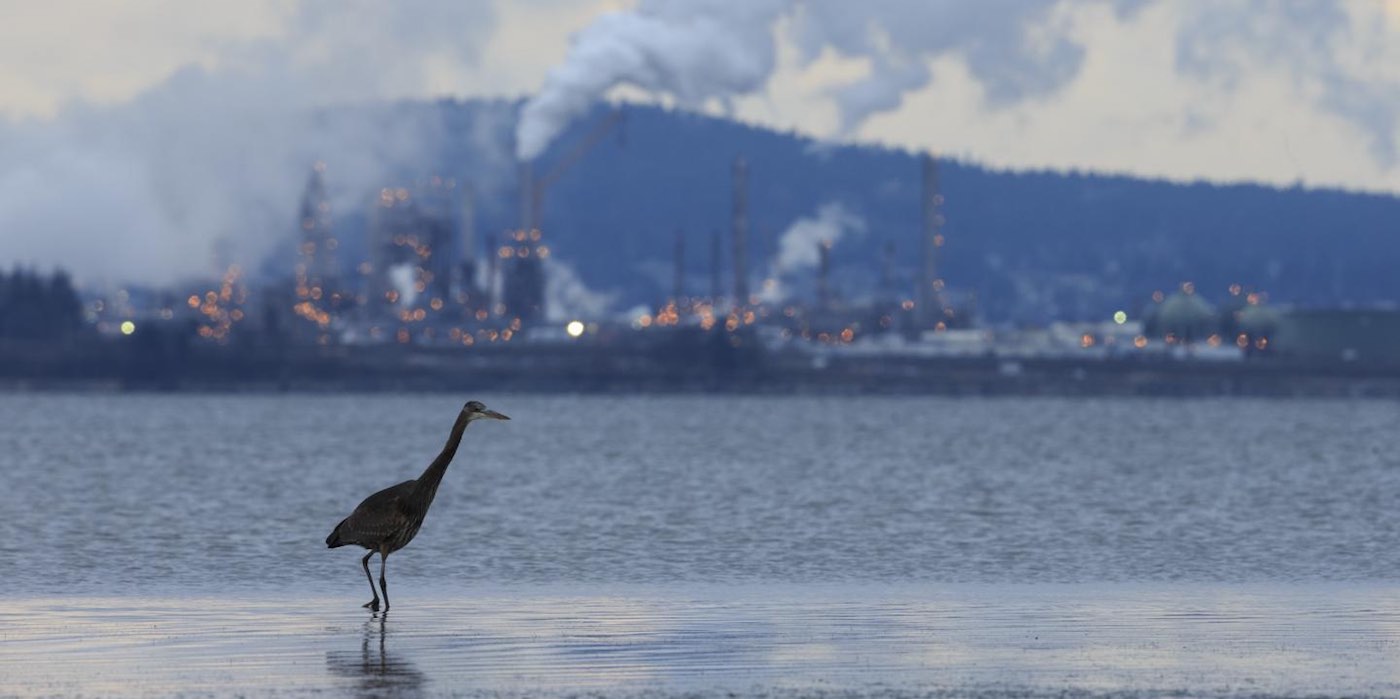
www.goodnewsnetwork.org
Air Pollution Laws May Have Saved Over 1.5 Billion Birds in American Skies, Finds New Cornell Study
Countless lives have been saved over 40 years since pollution regulations were signed into U.S. law—but they've also saved millions of birds.
Social & Lifestyle
Countless human lives have been saved in the last forty years since pollution regulations were signed into U.S. law—but tackling dirty air has also been saving the birds.
A new large-scale study conducted by scientists at Cornell University and the University of Oregon found that improved air quality under a federal program to reduce ozone pollution may have averted the loss of 1.5 billion birds during the past four decades.
That’s nearly 20% of birdlife in the United States today.
“Our research shows that the benefits of environmental regulation have likely been underestimated,” says Ivan Rudik, the study’s lead author and Ruth and William Morgan Assistant Professor at Cornell’s Dyson School of Applied Economics and Management. “Reducing pollution has positive impacts in unexpected places and provides an additional policy lever for conservation efforts.”
Ozone is a gas that occurs in nature but is also produced by power plants, factories, and car emissions. It can be good or bad. A layer of ozone in the upper atmosphere protects the Earth from the harmful ultraviolet rays of the sun. But ground-level ozone is hazardous and is the main pollutant in smog.
To examine the relationship between bird abundance and air pollution, the researchers used models that combined bird observations from the Cornell Lab of Ornithology’s eBird program with ground-level pollution data and existing regulations.
They tracked monthly changes in bird abundance, air quality, and regulation status for 3,214 U.S. counties over a span of 15 years. The team focused on the NOx (nitrogen oxide) Budget Trading Program, which was implemented by the U.S. Environmental Protection Agency to protect human health by limiting summertime emissions of ozone precursors from large industrial sources.
























































